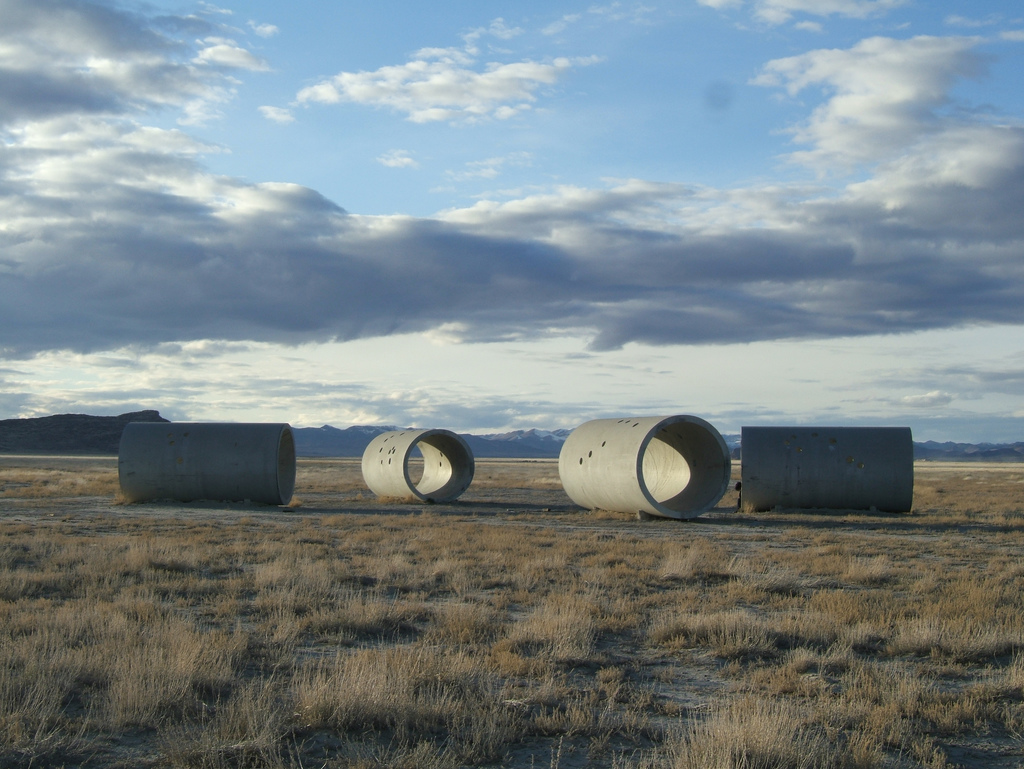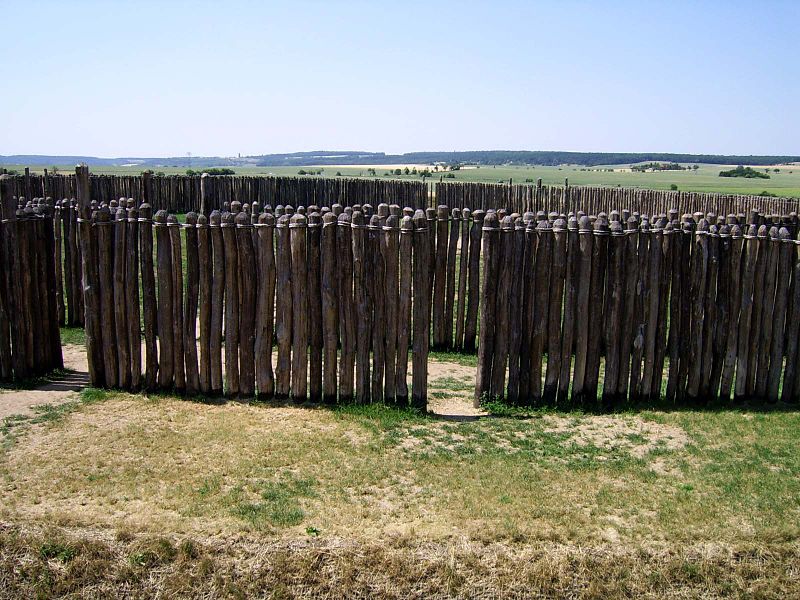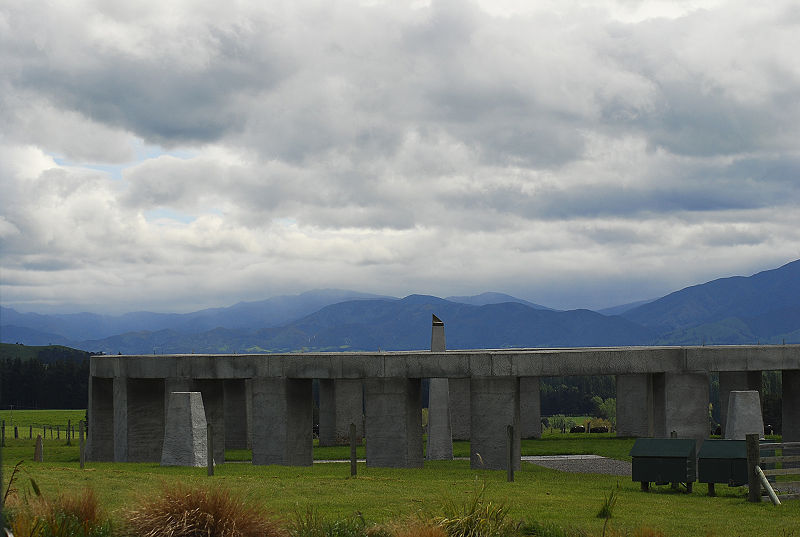TWH – Many structures of the ancient world were designed to capture and reflect the position of the sun on the Winter Solstice in the Northern Hemisphere, and Summer Solstice in the Southern Hemisphere.
The main chamber of Brú na Bóinne is filled with light when the sun rises on the Winter Solstice due to the specific alignment of a shaft within the structure. At Stonehenge, the rising sun during the Summer Solstice perfectly aligns to alight the center stone, but at Winter Solstice the alignment occurs at sunset. During the Winter Solstice sunrise at the Temple of Karnak, the sun’s rays shine directly between the portals of the gate of Nectanebo and lights up the sanctuary of Amoun-Re/Amon-Re.
Many Pagans are familiar with well-known sites like Brú na Bóinne (Newgrange), Stonehenge, and the Temple at Karnak, but there are a number of other sites all around the world built by ancient, and not so ancient cultures.

The Temple of the Sun at Machu Picchu [Photo Credit: Pierre Andres Leclercq CC BY-SA 4.0]
Archaeologists have identified that positions of the sun at the solstices and equinoxes figured prominently in the construction of many of the ancient sites in Egypt, and elsewhere around the globe.
In Peru at Machu Picchu, the “Temple of the Sun” is one of its most recognizable and famous structures where upper windows placed in the east allows the rays of the rising sun to strike a stone considered by the builders to be sacred.
Less well-known are the Thirteen Towers solar observatory that is part of the Chankillo ancient monumental complex found in the Casma-Sechin basin of Peru. Researchers originally believed they were remnants of a fort, but have since come to suggest they were more likely part of a place of religious significance, as they align perfectly with the solstices and equinoxes.
Peru is also home to the mysterious Nazca Lines and the Paracas geoglyphs. In November, another 140 designs of Nazca Lines were recently reported as being discovered. The Nazca Lines were discovered by Paul Kosok on Winter Solstice on June 21, 1939. He realized many of the lines converged in intersections that pointed the way to setting sun. Stone lines were also discovered by scientists using 3D imaging to terminate at the Cerro del Gentil Pyramid, pointing the way to the exact place where the Winter Solstice sunsets.
On the Yucatan Peninsula lies Tulum and Chichen Itza. A hole in the temple’s summit at Tulum, allows the rays of the rising sun of the Winter Solstice to shine through, creating a spectacular starburst effect as it filters through the hole. The Temple of Kukulkan found in Chichen Itza is often noted for the illusion of serpents appearing to climb its side during the equinoxes. However, on the Winter Solstice, it offers the sight of the midday suns shining brightly upon the southern and western sides of the temple while the northern and eastern sides remain hidden in complete darkness due its perfect alignment.

Sun Tunnels by Nancy holt [Photo Credit: Calvin Chu CC BY 2.0]
Goseck Circle (Sonnenobservatorium Goseck) in Saxony-Anhalt, Germany consists of a series of concentric rings. The largest, outermost ring having a diameter of 246 feet, has two openings that correspond to the sunrise and sunset of the Winter Solstice. And in France, there are the Carnac stones, and the Gavrinis megalithic cairn, (which is similar to the Irish Newgrange cairn of Brú na Bóinne), both the stones and the cairn are aligned with the rising sun of the solstice. Unlike Newgrange, the inner chamber is not lit by the light of the sun.

Goseck Enclosure/ Woodhenge [Photo Credit: Logopin CC ASA 3.0]
There are many more examples of ancient structures that were built to be in alignment with celestial events like the solstices. The human fascination with the sun, moon, and stars is not something that has ever quite gone out of style, though.
Aotearoa Stonehenge near Wellington in New Zealand is a modern interpretation of the original Stonehenge. Completed in 2005, it was specifically designed with the site’s latitude and longitude taken into consideration. Its circular design incorporates 24 pillars that create windows that allow visitors to observe stars and constellations of the southern sky as they rise from the horizon.

Stonehenge Aotearoa exterior. Photo Credit: Mikhail Esteves
The Getty Research Institute in Los, Angeles was built in 1997. The library was designed so that during the Summer Solstice, the sun coming through the central portion of a skylight aligns perfectly with a glass plate on the floor of the library.
In 1976, land artist Nancy Holt completed her art installation Sun Tunnels in Utah. The installation is comprised of four concrete cylinders, each measuring 18 feet long with a nine-foot diameter. The cylinders are laid out in an open cross design and aligned to display the sun on the horizon during the summer and winter solstices.
While not specifically oriented on solstices or equinoxes, the Solar Carve Tower by Jeanne Gang of Studio Gang in New York City was designed in a way to follow the path of sunlight and maximize its effect, while preventing blocking the light and views of the Hudson River and Manhattan from inside the structure. The building designers dubbed the process “solar carving” and named the high-rise after it.
The Wild Hunt is not responsible for links to external content.
To join a conversation on this post:
Visit our The Wild Hunt subreddit! Point your favorite browser to https://www.reddit.com/r/The_Wild_Hunt_News/, then click “JOIN”. Make sure to click the bell, too, to be notified of new articles posted to our subreddit.
